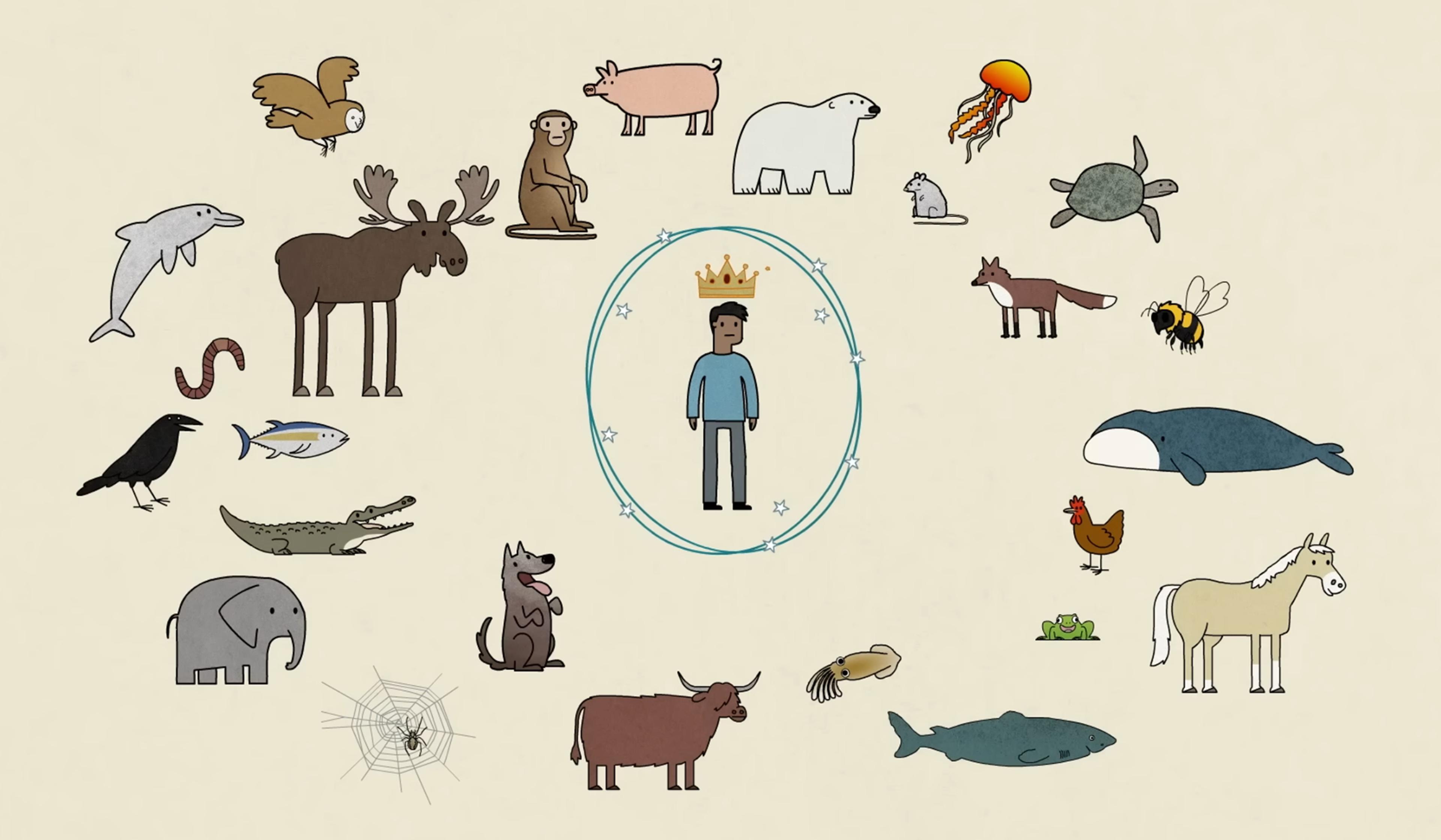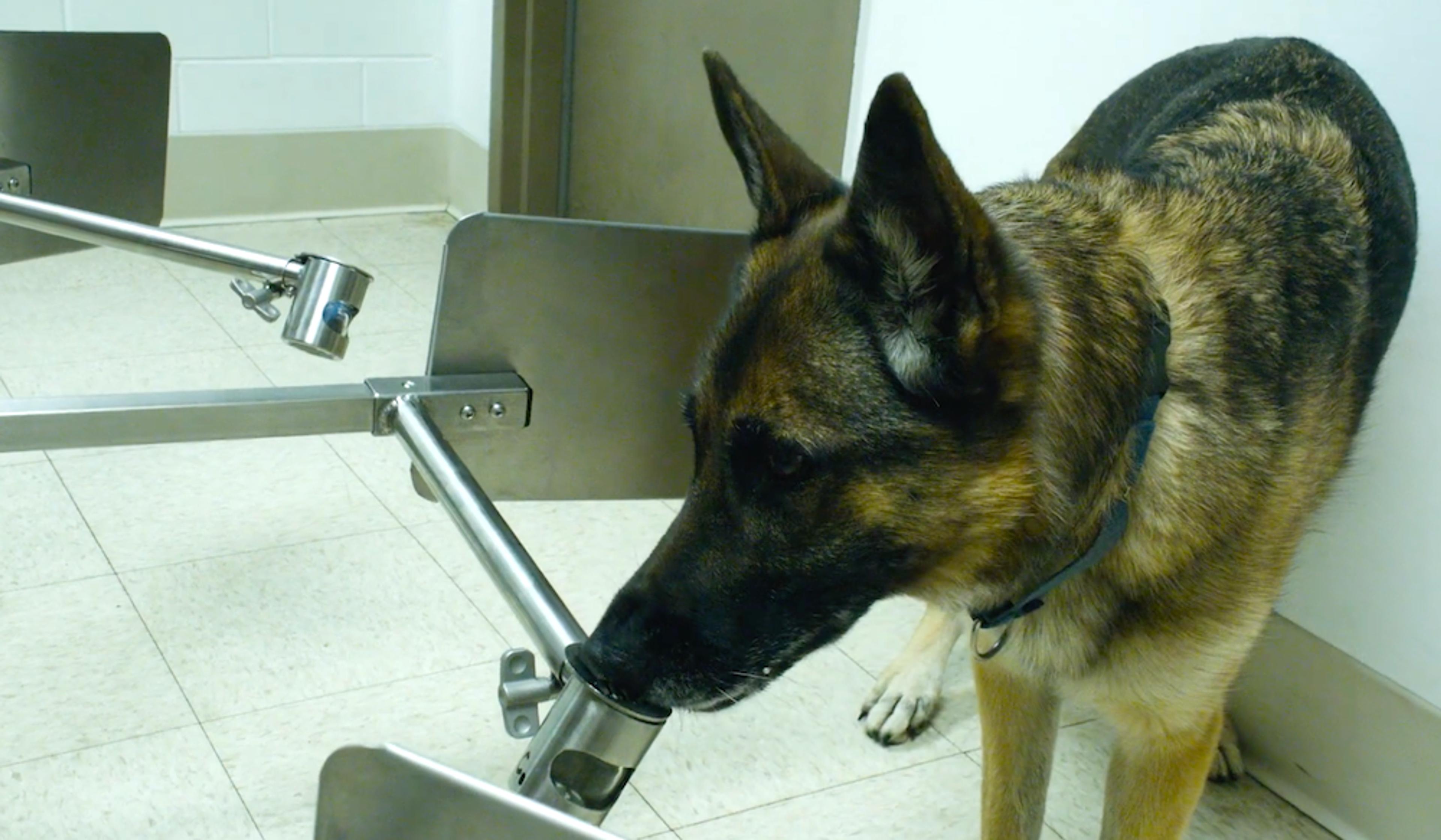The history of studies in which humans attempt to communicate with nonhuman animals is famously fraught with anthropomorphism, questionable ethics and just plain bad science. So then, why does Federico Rossano, a professor of cognitive science at the University of California, San Diego, think it’s worth revisiting this long-taboo area of research? This brief video explains how Rossano, inspired by a TikTok trend, came to believe that looking at the communication capabilities of dogs using widely available push-button devices was worthwhile. Knowing that the study would be ethically sound, with the dogs remaining in their owners’ home, and that the sample size could be far wider than the one-animal experiments performed in the past, Rossano gathered data on 152 high-performing, button-pushing dogs. As he details here, the study yielded compelling results, raising questions about dogs’ capacities not just to respond to cues, but to initiate communication.
Do button-pushing dogs have something new to say about language?
Video by the University of California
Website: Fig. 1

videoNeuroscience
What is your dog really thinking? MRI brain scans might soon provide the answer
7 minutes

videoHistory of science
People have been trying to talk with apes for nearly a century. How far have we got?
8 minutes

videoEthics
How many monkeys is it worth sacrificing to save a human life?
6 minutes

videoCognition and intelligence
How a ‘periodic table’ of animal intelligence could help to root out human bias
5 minutes

videoNeuroscience
Dog vision is a trendy topic, but what can we really know about how they see?
11 minutes

videoSleep and dreams
How might the dreamworlds of other animals differ from our own?
8 minutes

videoCognition and intelligence
There’s a lot more to conversation than words. What really happens when we talk
6 minutes

videoBiotechnology
How harnessing the power of dogs could help scientists sniff out cancer early
7 minutes

videoHuman evolution
Far from frivolous, cuteness is a powerful – and still mysterious – force of nature
6 minutes